Surface water pollution refers to the contamination of surface water bodies (e.g., rivers, lakes, oceans) by human activities or natural factors. It has serious impacts on ecosystems and human health and requires effective measures to protect water resources and environmental health.
What is surface water?
Surface water is a body of water located on the earth’s surface, including but not limited to naturally occurring or artificially constructed bodies of water such as rivers, lakes, reservoirs, ponds, wetlands, and oceans. These bodies of water are typically formed through natural precipitation, snowmelt, groundwater springs, or other runoff, and flow or stand still at the surface. Surface water is an important part of human social life and ecosystem functioning, and is important for agriculture, industry, drinking water and ecological balance.
The following are specific classifications of surface water:
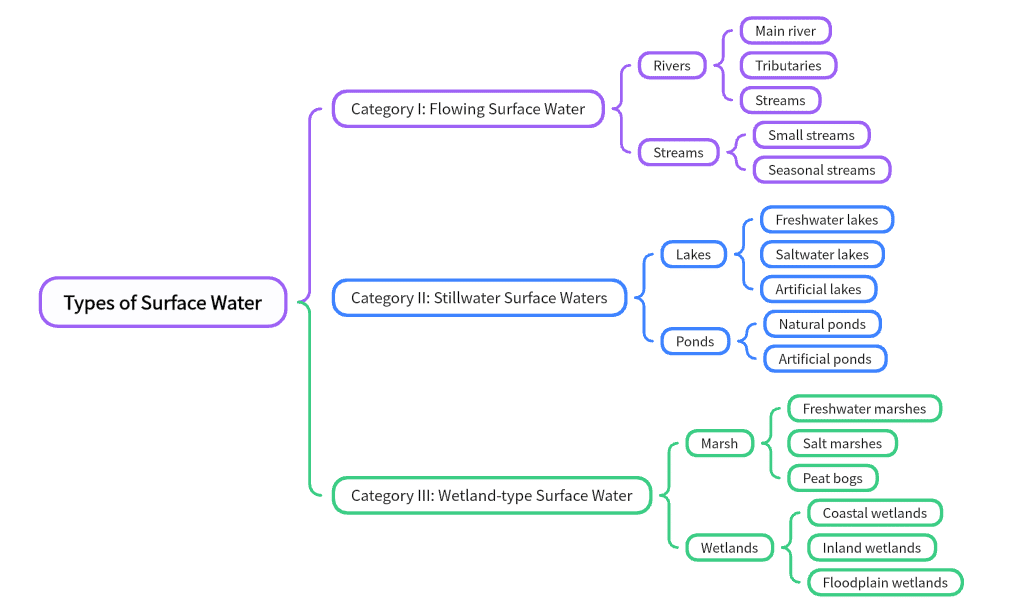

Types of surface water pollution
Surface water pollution can be categorized according to the source and nature of the pollutant, and the main types include:
Industrial pollution
- Industrial wastewater discharges: includes wastewater discharged from various industrial production processes, such as heavy metals, organics and chemicals.
- Industrial solid waste: e.g., solid waste and sludge from industrial production, which may contain toxic substances.
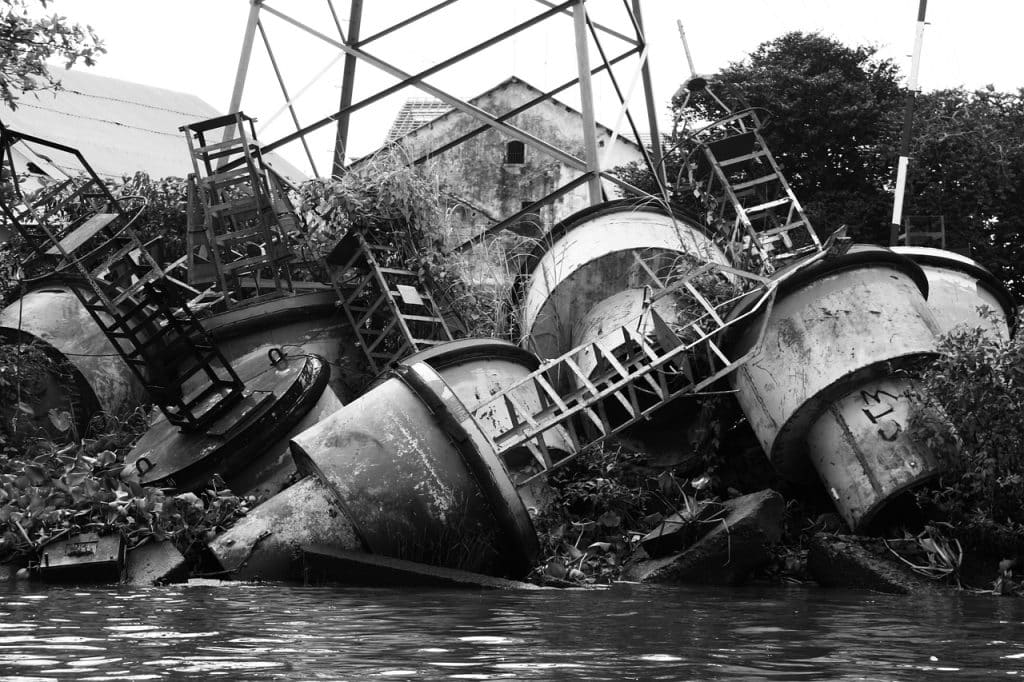
Agricultural pollution
- Agricultural fertilizers and pesticides: overuse or improper use of chemical fertilizers and pesticides used in agricultural activities leads to their flow into water bodies, causing nutrient overload and eutrophication of water bodies.
- Farming waste: waste and manure produced by the farming industry contain large amounts of nutrients and organic matter that may trigger eutrophication and redox imbalance in water bodies.
Urban pollution
- Inadequate urban drainage and sewage treatment: urban stormwater discharges and untreated sewage flow directly into water bodies, bringing in organic waste, bacteria and chemicals.
- Municipal solid waste: such as plastic waste, litter, and municipal sludge, which may cause physical and chemical impacts on water body organisms and ecosystems.
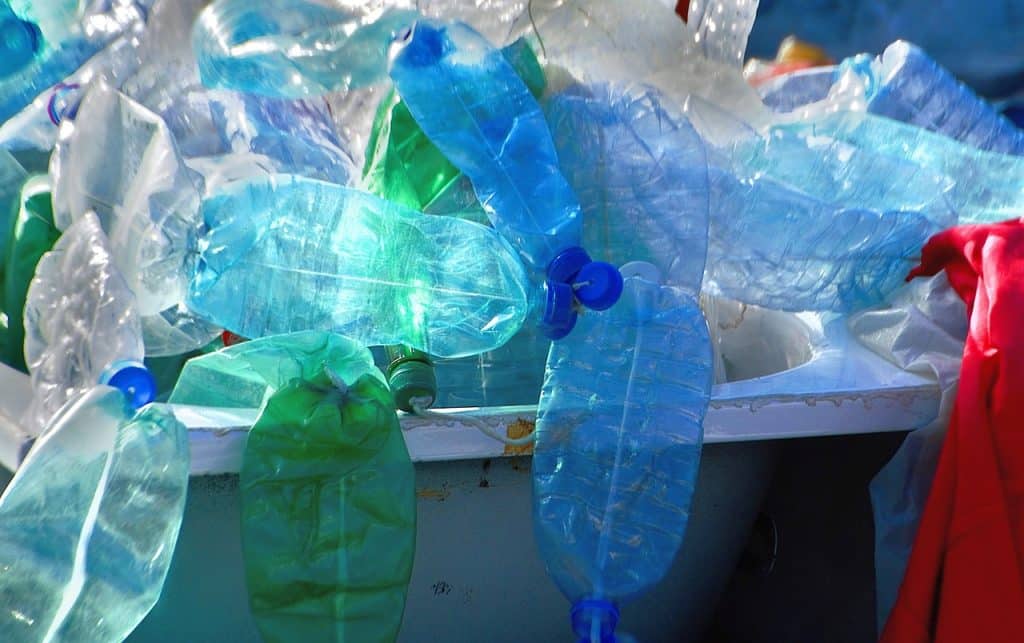
Other pollution caused by human activities
- Oil and chemical spills: such as accidental spills of oil and chemicals that cause direct pollution and ecological harm to water bodies.
- Surface runoff and soil erosion: surface runoff and soil erosion caused by rainfall and land use changes transport soil particles and agricultural chemicals to water bodies.
Pollution from natural sources
- Pollution from geological and natural sources: such as heavy metals, sulfides, and radioactive materials in groundwater, entering through infiltration of surface water bodies or springs.
Impact of surface water pollution
Impacts of surface water pollution on ecosystems
Effects of pollution on aquatic organisms
Surface water pollution has a wide range of direct effects on aquatic organisms:
- Biotoxicity: Chemicals such as heavy metals, pesticides and industrial chemicals directly poison aquatic organisms, resulting in abnormal growth and development or even death.
- Bioaccumulation: Aquatic organisms absorb and accumulate pollutants, which are then passed on to other organisms in the food chain, increasing the toxic burden on the organisms.
- Habitat destruction: Eutrophication of water bodies and sediment deposition alter the habitat of aquatic organisms, leading to habitat loss and destruction of habitats.
Loss of biodiversity and disruption of food chains
- Species extinction and decline: Pollution reduces biodiversity by reducing the number of aquatic organisms in a population and even triggering the extinction of certain species.
- Food chain disruption: Changes in aquatic communities affect the structure and stability of the food chain, which may lead to changes in the number and distribution of predators and prey, and thus affect the balance of the entire ecosystem.
Impact of surface water pollution on human health
Diseases associated with contaminated water
Surface water pollution is associated with a variety of health problems:
- Waterborne diseases: such as cholera, dysentery and leptospirosis are transmitted to humans through contaminated water sources.
- Chronic health effects: Long-term exposure to chemicals in contaminated water, such as heavy metals and organic pollutants, can lead to chronic diseases such as cancer, neurological toxicity and reproductive effects.
Health risks of long-term exposure to chemical pollutants
- Cumulative effects: Some pollutants may accumulate in the body and long-term exposure may lead to chronic toxicity, affecting organ function and health status.
- Sensitization of specific populations: Children, the elderly and people with compromised immune systems are more susceptible to pollutants and are at greater health risk.
Economic impacts of surface water pollution
Impacts of pollution on fisheries, tourism and other related industries
- Reduced fisheries production: Pollution reduces the quantity and quality of fish and other aquatic organisms in a water body, affecting the sustainability of fisheries and the income of fishermen.
- Impairment of tourism: Polluted water bodies become unattractive, affecting the development of and income from water-based tourism and related services.
- Increased treatment costs: Increased inputs and costs for cleaning up polluted water bodies and restoring ecosystems place a burden on the economy.
Impact of surface water pollution on eutrophication
Processes and consequences of eutrophication
- Excess nutrients: Pollutants such as agricultural fertilizers and organic matter from wastewater enter water bodies in large quantities and promote rapid growth of algae and other plants.
- Algae outbreaks: Eutrophication leads to algal blooms in water bodies, which form algal blooms and may produce toxins that endanger aquatic life and human health.

- Ecosystem collapse: Overgrowth of algae and toxic blooms may lead to the collapse of aquatic communities, resulting in loss of ecosystem function and loss of services.
Surface water pollution prevention and control measures
Surface water environmental monitoring
When monitoring the surface water environment, the following are standard normal ranges for common parameters and their importance:
| Water Quality Parameter | Standard Range | Importance |
| pH Value | 6.5 to 8.5 | pH value reflects the acidity or alkalinity of water, influencing chemical reactions and the survival of aquatic organisms. |
| Dissolved Oxygen | 5 to 9 mg/L | Dissolved oxygen is essential for aquatic organisms’ respiration; low DO levels can lead to suffocation and habitat degradation. |
| Turbidity | 1 to 5 NTU | Turbidity reflects the concentration of suspended particles in water, affecting light penetration and aquatic ecosystem health. |
| Ammonia Nitrogen | 0.02 to 0.5 mg/L | Ammonia nitrogen is a crucial nutrient in water; elevated levels can lead to eutrophication and algal blooms. |
| Total Phosphorus | 0.01 to 0.1 mg/L | Total phosphorus is another major nutrient causing eutrophication; high levels can lead to algae blooms and ecosystem imbalance. |
| Total Nitrogen | 0.5 to 3 mg/L | Total nitrogen affects aquatic biota growth and eutrophication processes; elevated concentrations can impact water health. |
| Heavy Metals | Varies with specific limits | Heavy metals have potential toxic effects on aquatic organisms and human health, requiring strict monitoring and control. |
| Organic Pollutants | Control at low concentration levels depending on specific pollutants | Organic pollutants can have long-term impacts on aquatic ecosystems and human health, necessitating regular monitoring and control. |
Surface water pollution monitoring methods and techniques
Surface water pollution monitoring methods and techniques involve a variety of scientific instruments and tools used to accurately assess the pollution status and environmental health of water bodies. The following are common surface water pollution monitoring methods and techniques:
On-site monitoring instruments
- Multi-parameter water quality monitoring instruments: capable of measuring several key water quality parameters simultaneously, such as pH, dissolved oxygen, turbidity, and conductivity.


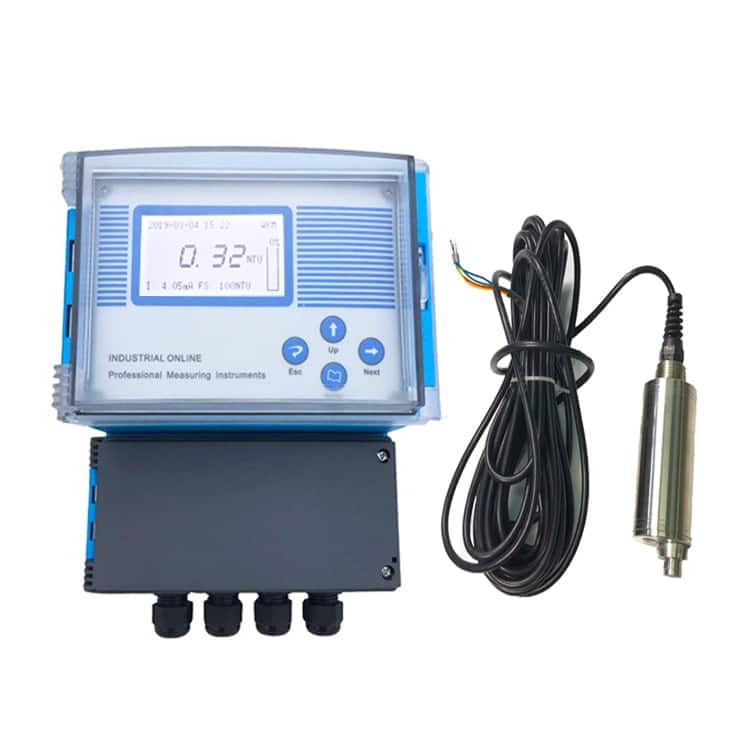
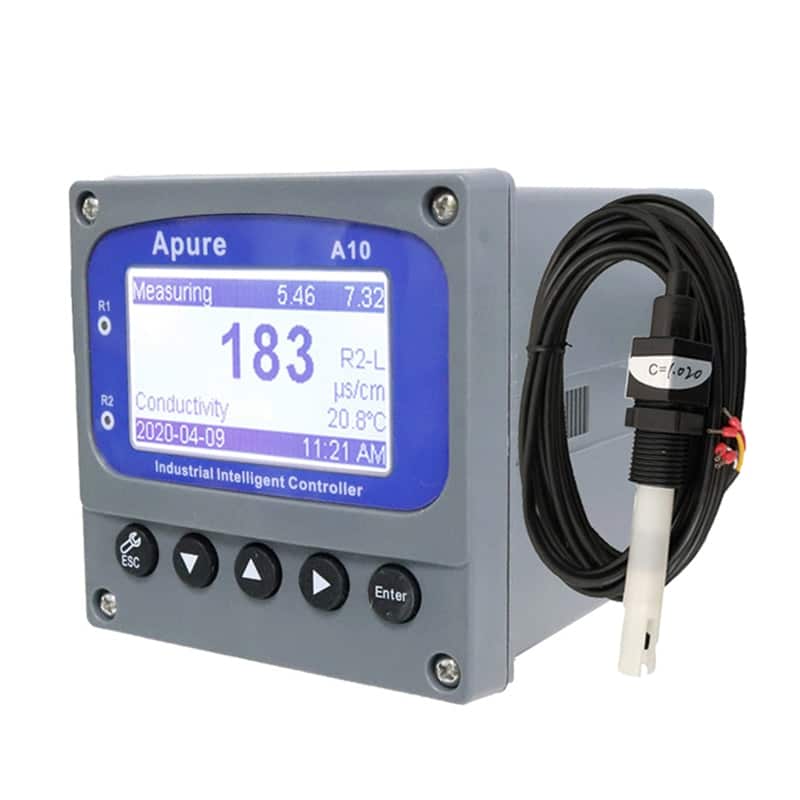
- Spectrometers: Used to measure the spectral properties of specific pollutants in water, such as organics, pigments and dyes.
- Electrochemical sensors: Used to measure the concentration of specific ions, such as ammonia, nitrate, etc.
Laboratory analysis
- Standardized water quality analysis: Measures the concentration of various pollutants in water through chemical analysis methods, such as spectrophotometry and atomic absorption spectrometry.
- Microbiological testing: Involves determining the number and types of bacteria, viruses and parasites in water and assessing the degree of microbial contamination of water bodies.
Remote sensing technology
- Satellite remote sensing: Uses satellite sensors to obtain water body surface information, such as water color, transparency changes and suspended matter distribution, for large-scale water quality monitoring and environmental change monitoring.
- UAV remote sensing: Low altitude remote sensing technology that provides high-resolution images and parameter measurements of water bodies, suitable for small-scale and complex terrain monitoring.
Biomonitoring
- Biodiversity assessment: Assesses the health and pollution levels of water body ecosystems by monitoring the species, abundance and health of aquatic organisms.
- Bioindicators: Use specific biological species or groups of organisms sensitive to environmental change and pollution as pollution indicators and early warning systems for environmental health.
Modeling and data analysis
- Water quality models: Use mathematical models to simulate the transport and transformation processes of pollutants in water bodies and predict trends in pollutant dispersion and water quality changes.
- Geographic information system (GIS): Integrating spatial and water quality data for spatial analysis and decision support, optimizing monitoring station layout and resource management.
Control measures for surface water pollution
- Disclosure and dissemination of monitoring data
- Water quality early warning and emergency response mechanisms
- Source control and governance
- International cooperation and scientific and technological innovation
Summary
Surface water pollution is a global environmental challenge with far-reaching impacts on human health, ecosystems and economic activities. Effective monitoring, control and management are key to protecting surface water resources. Through public participation, scientific and technological innovation, and international cooperation, we can work together to reduce sources of pollution, improve water quality, and ensure a clean surface water supply to create a healthy and prosperous environment for future sustainable development. Protecting surface water is our common responsibility and mission.
Apure offers not only water quality parameter testers, but also flow measurement devices, level measurement devices, temperature and pressure measurement devices. Please contact us for further information.
